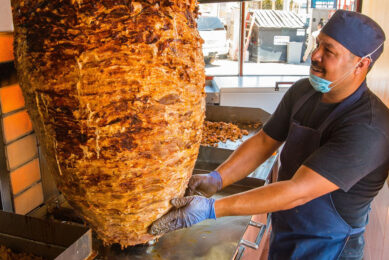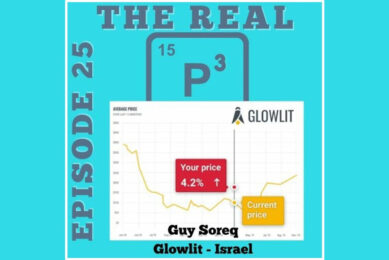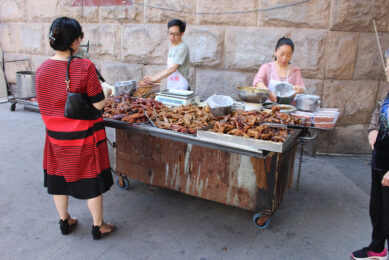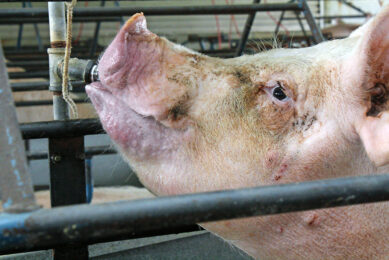USDA: Half the corn crop in poor or very poor condition
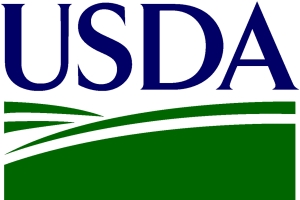
The US government says nearly half of the corn crop is now in poor or very poor condition. As a result of the worst drought in more than 50 years, US corn prices continue to soar.
The latest US Department of Agriculture data, released on Monday, showed that 24% of the corn crop in 18 key states is in good to excellent condition, and 48% is now in poor or worse shape as the drought and heat persists in the Mid West. Soybeans were also reported to be in worse shape, with just 29% of the crop estimated to be in good to excellent shape, down from 31% last week, according to USDA data. But for soybeans, there is time for the crop to improve if there is rain.
The continued drought and rising corn prices means bad news for pork, poultry and livestock producers. Corn prices have been up more than 28% in July and about 50% since early June.
Earlier this week, livestock and poultry producers asked the government to reduce or cancel the use of corn-based ethanol in gasoline for a year. The USDA expects ethanol use about 40% of the corn crop, and livestock about the same, though farmers have been culling their herds because of the high cost of feed.
December corn futures Monday ended at a record $8.14 per bushel.
World Bank
The World Bank also expressed concern for the impacts of this volatility on the world’s poor, who are highly vulnerable to increases in food prices. “When food prices rise sharply, families cope by pulling their kids out of school and eating cheaper, less nutritious food, which can have catastrophic life-long effects on the social, physical, and mental well being of millions of young people,” said World Bank Group President Jim Yong Kim. “The World Bank and our partners are monitoring this situation closely so we can help governments put policies in place to help people better cope.”
“In the short-term, measures such as school feeding programs, conditional cash transfers, and food-for-work programs can help to ease pressure on the poor,” continued Kim. “In the medium- to long-term, the world needs strong and stable policies and sustained investments in agriculture in poor countries. We cannot allow short-term food-price spikes to have damaging long-term consequences for the world’s most poor and vulnerable.”
Related website:
• United States Department of Agriculture (USDA)
• World Bank



